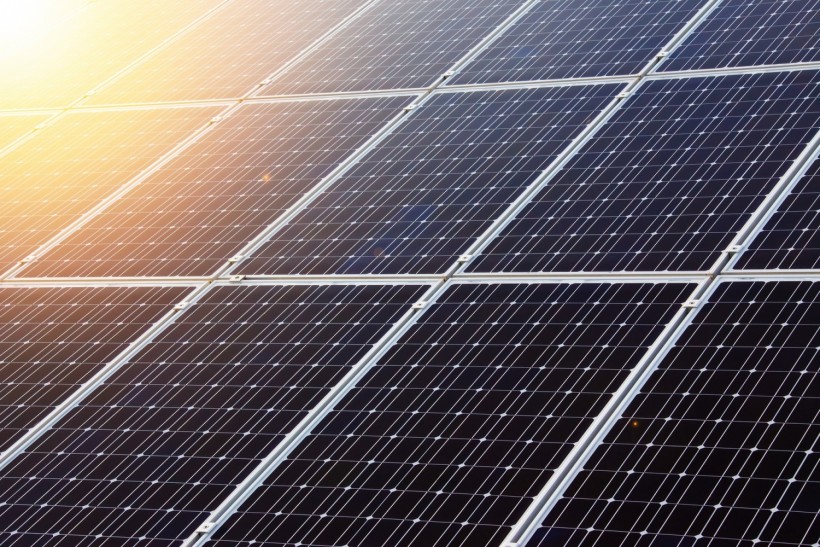Scientists from Princeton University and the King Abdullah University of Science and Technology (KAUST) have successfully integrated silicon solar cells with perovskite in a tandem solar cell design.
This connection not only enhances overall solar cell efficiency but also enhances stability, according to their report. The tandem design protects the delicate perovskite solar cell from voltage-induced breakdown while achieving higher efficiencies than either cell can individually.

Tandem Solar Cells
Barry Rand, research leader and professor of Electrical and Computer Engineering and Andlinger Center for Energy and the Environment, explained that "tandem solar cells have already demonstrated power conversion efficiencies that are greater than either silicon or perovskite solar cells alone."
"We thought that in addition to their higher efficiencies, tandem solar cells could also solve some of the stability challenges facing perovskites by linking them with silicon cells, which are much more stable," Rand added.
The researchers constructed three strings of solar cells: one with silicon solar cells only, one with perovskite cells only, and one composed of tandem solar cells, with the two technologies connected in a series. They then shaded one of the cells in the string to simulate partial shading conditions that a solar array may encounter during its lifespan.
Partial shading is typically problematic for perovskites, as the illuminated cells force charge to flow through the shaded cell, rapidly degrading both it and the entire module. In contrast, silicon solar cells are more resilient to voltage fluctuations and can endure periods of partial shading with fewer issues.
The perovskite-only solar module rapidly deteriorated after partial shading, while the silicon solar module was minimally affected. Surprisingly, the tandem solar module demonstrated the same resilience as the silicon-only module, indicating that connecting the two solar technologies allowed the silicon cell to compensate for the fragility of the perovskite.
Co-author Stefaan De Wolf, a professor of material science and engineering at KAUST, noted that "when you combine two different materials to form a final product, usually it's the weakest link that ends up determining the overall strength of the chain."
"But in this case, it's actually the stronger component that protected the weaker one," he added.
Read Also: This Solar-Panel-Covered Hybrid Truck Is Designed to Reduce Amount of Fuel Used by Haulage Companies
Holds Promise for Commercialization
This discovery suggests that partial shading, a major challenge for perovskite-only modules, may be of little concern for series-connected tandem solar devices.
The researchers also believe that this finding holds promise for the commercialization of perovskite technology. By integrating perovskites with mature silicon solar cell manufacturing processes, rather than building a separate manufacturing ecosystem, perovskites could become a valuable addition to established production methods.
While there are still obstacles to overcome, such as perovskites' poor resilience to heat, the team believes that tandem solar cells could further advance solar technology, even as silicon solar cells reach their maximum power conversion efficiency limits. The findings of the team were recently published in the journal Joule.
Related Article: 'Miracle Material' Perovskite Helps Scientists Break the 30% Efficiency Barrier of Solar Panels










